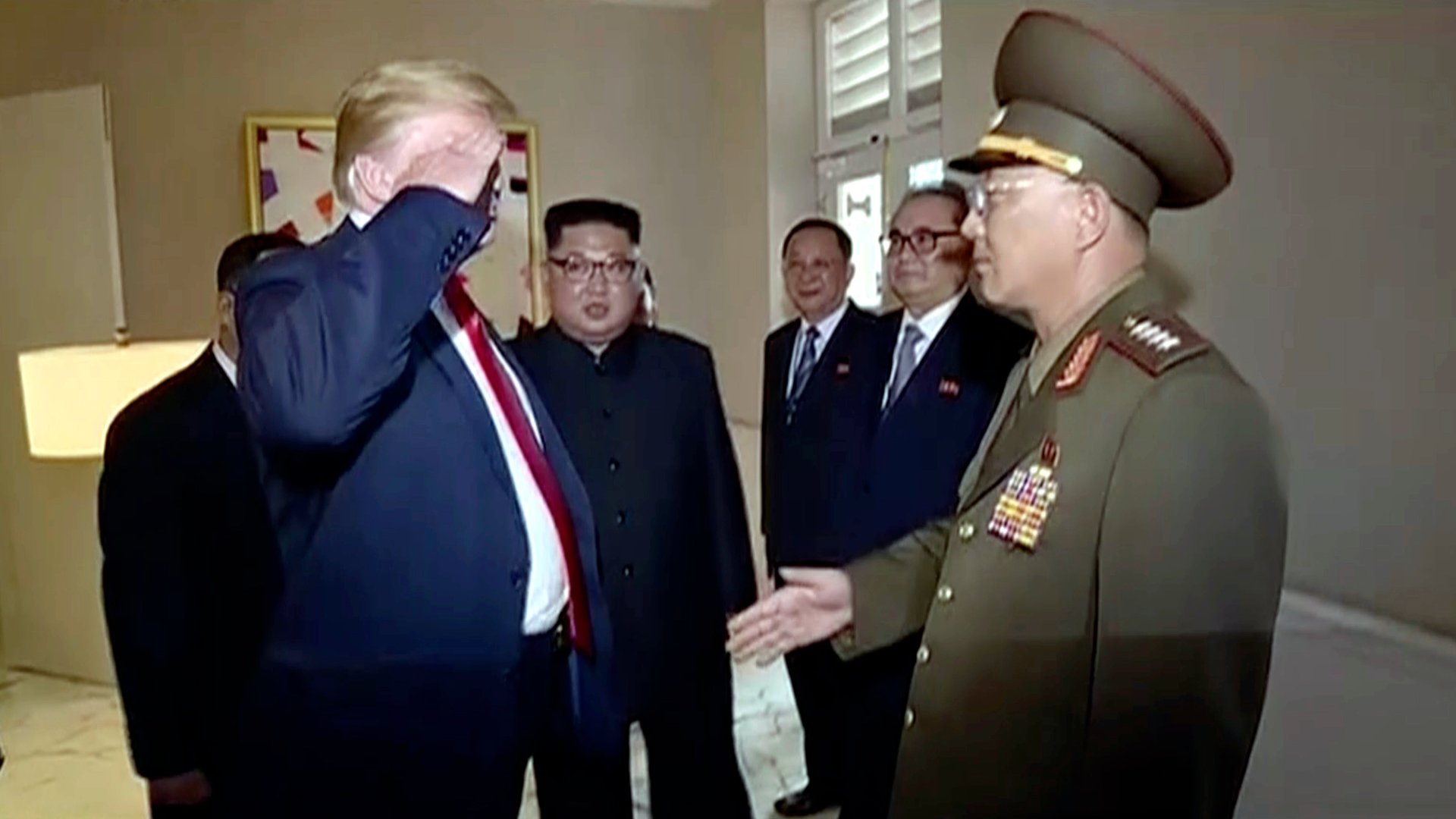There’s plenty of evidence that Donald Trump didn’t stop North Korea’s nuclear program
Weeks after calling questions about the vague statement signed by the US and North Korea at a landmark June 12 summit “insulting and ridiculous and frankly ludicrous,” US secretary of state Mike Pompeo is on a plane to Pyongyang to figure out what was agreed to.


Weeks after calling questions about the vague statement signed by the US and North Korea at a landmark June 12 summit “insulting and ridiculous and frankly ludicrous,” US secretary of state Mike Pompeo is on a plane to Pyongyang to figure out what was agreed to.
After US president Donald Trump returned from the Singapore meeting, he announced that “[t]here is no longer a Nuclear Threat from North Korea.” But diplomats were quick to note that the statement in question says that “the DPRK commits to work toward complete denuclearization of the Korean Peninsula,” which is as binding as my commitment to work towards a healthier diet.
Their skepticism appears to have been well-founded. US intelligence officials told reporters at NBC News on Friday that North Korea has continued to make fuel for nuclear bombs despite a claimed suspension of testing.
Thanks to private satellite imagery, independent weapons analysts have also been able to confirm that North Korea is expanding test sites—not destroying them. Non-proliferation analysts at the Middlebury Institute of International Studies have tracked on-going work at factories that will make rocket engines for nuclear-tipped missiles that could reach the United States.
Despite the evidence of on-going work, they note that “a verifiable freeze on missile production now may still offer the possibility of limiting the size of North Korea’s emerging solid-fueled missile arsenal. But the Trump Administration will have to act quickly.”
The stakes are high: US missile defenses are unlikely to stop intercontinental ballistic missiles (ICBMS).
This isn’t the only example. Shortly after the summit, Trump said that Kim promised to destroy a rocket test site, but observers at 38 North, which tracks North Korea’s weapons program for the Stimson Center, have found no evidence this happened. Indeed, their 38 North’s analysts say that construction of nuclear reactors is continuing, noting that “the North’s nuclear cadre can be expected to proceed with business as usual until specific orders are issued from Pyongyang.”
What are arms control wonks looking for from North Korea? Specific promises to destroy specific things in specific facilities—”machine tools at the Chemical Material Institute associated with the production of wound filament airframes and nozzles; mixers and bowls at the No. 17 Factory; and the static test stands near Magunpo.”
Despite the lack of such verifiable activities in his deal, Trump has already fulfilled some of his promises to North Korea, including cancelling military exercises with South Korea. In return, the US is also expected to receive the remains of 250 US service members who died during the Korean War or as prisoners, though experts warn that without oversight, errors are likely—the UK received the body of an animal instead of a downed fighter pilot in 2011.
Trump’s delivery of major concessions without much in return has lowered tensions in the region. But his personal meeting with Kim—a person who, along with presiding over a totalitarian prison state, has murdered his own family members in creatively horrifying ways—signals that anyone with a nuclear weapon can win the prestige of meeting a US president.
But if Pompeo cannot win verifiable reductions in North Korea’s nuclear weapons program, the US faces a tough choice. It can accept that it will take more talks and more concessions for serious denuclearization to begin, but that hinges on Trump’s ability to admit that he was wrong. Otherwise, the US will have to ignore North Korea’s intransigence—or blame Kim for violating the spirit of their agreement and ratchet the relationship between the two countries back to conflict footing.